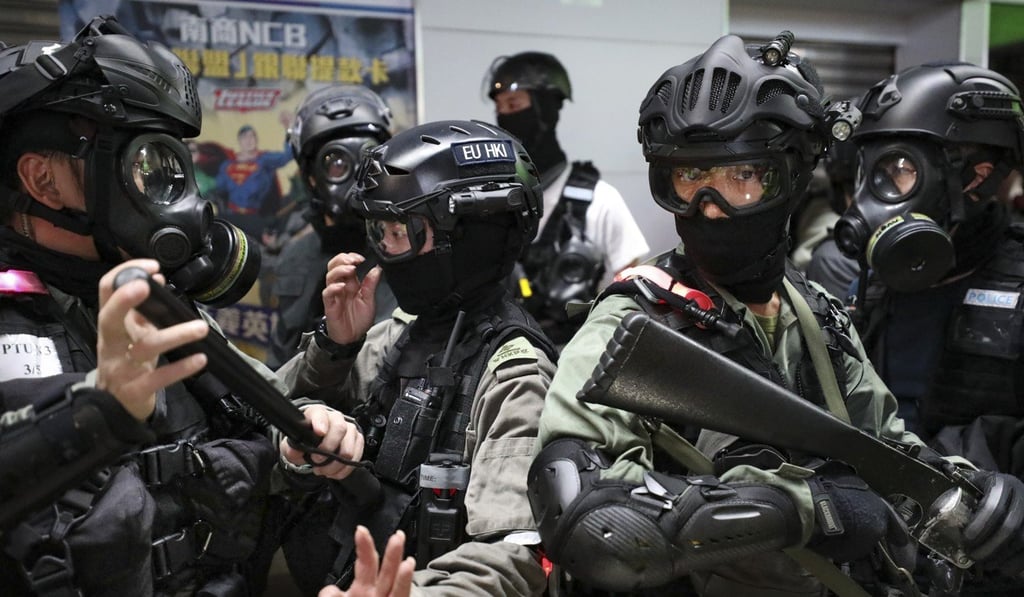Then & Now | Visible ID on Hong Kong police uniforms was essential in the past, why not now?
The disappearance of identification markers during the current civil unrest has helped fuel loss of confidence in the police force

With the passage of time and better access to education, the red shoulder tabs once seen under junior police officers’ identification numbers, which indicated a pass in an English-language proficiency test, have vanished into history. Well into the 1990s, local guidebooks mentioned these insignia, making clear to tourists that in case of difficulty these were the officers to approach.
Basic English-language competence now forms part of the police recruitment selection process. Nevertheless, as recent troubles would indicate, today’s policemen are quite capable of switching off their language abilities as “the exigencies of the service” dictate. More than a few times in recent months, I have observed “English channels” switched off, should the situation render them convenient.

Identification markers mean that should those arrested feel, rightly or otherwise, that PC Chan and his colleagues roughed them up, spoke to them in an unacceptable manner or otherwise misconducted themselves, then the officers accused can be readily identified. Straightforward mechanisms for complaints exist and, after due investigation, recourse can be expected should the allegations prove to be true.
